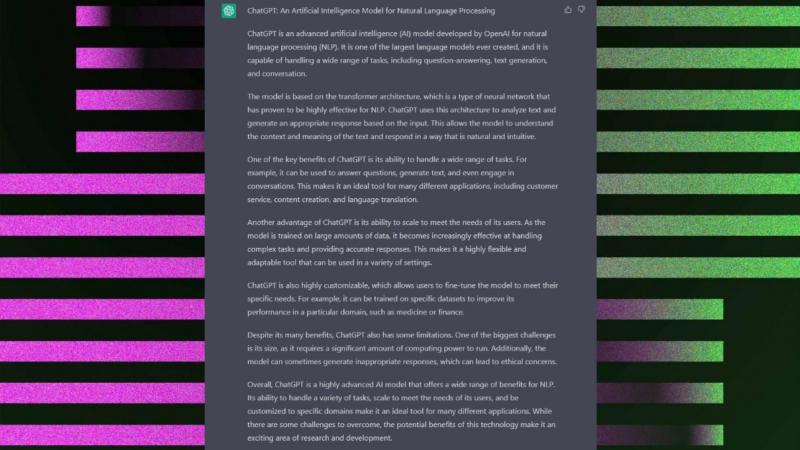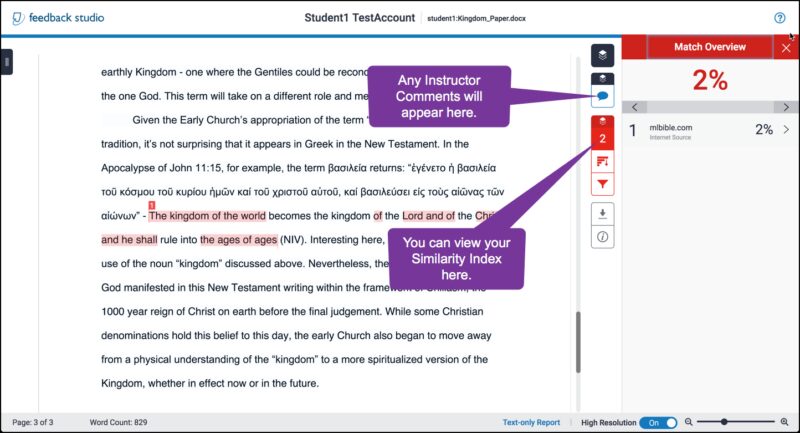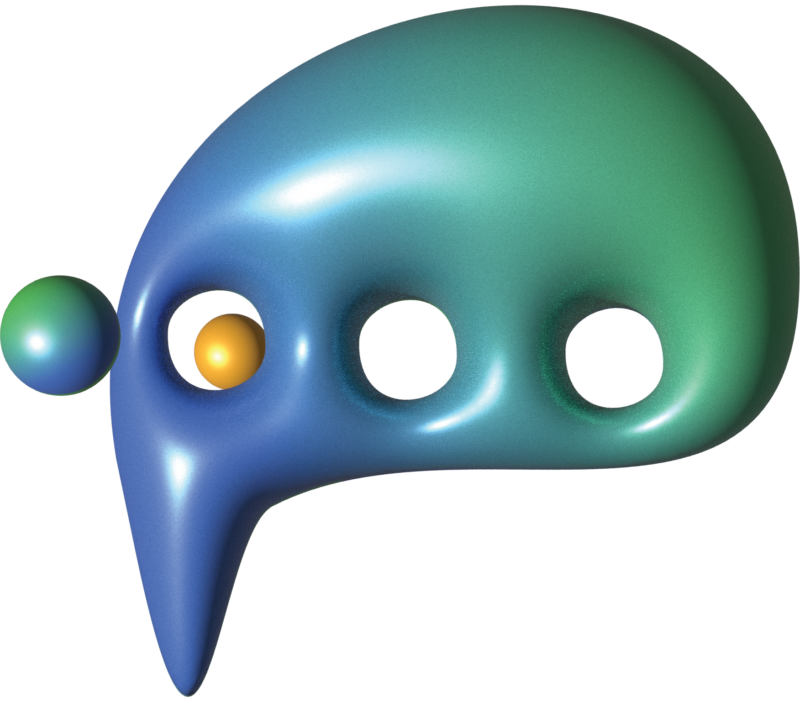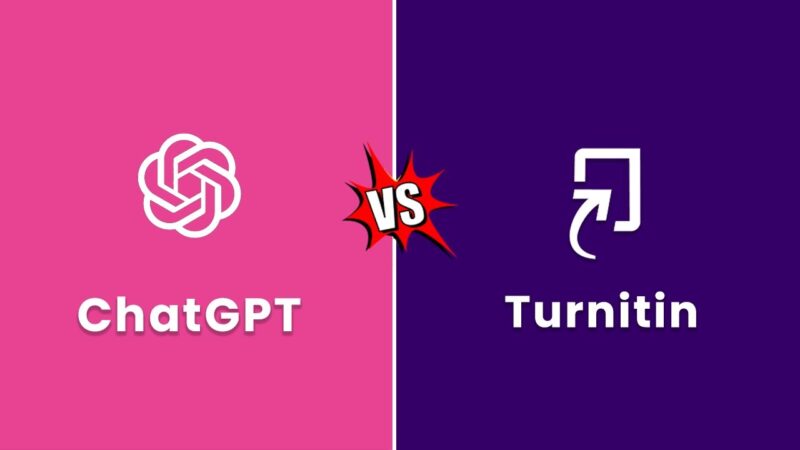The world of academia is no stranger to plagiarism. With the explosion of information available on the internet, the battle against the unauthorized use of someone else’s work has become more challenging than ever. Turnitin, a leading plagiarism detection software, has played an essential role in helping educators and institutions maintain academic integrity.
But as AI-generated text becomes more sophisticated, one question that arises is whether Turnitin can effectively detect content generated by AI models such as ChatGPT, OpenAI’s state-of-the-art text generator.
In this blog post, we will dive deep into the world of AI-generated content and examine the limits of AI detection.
The Evolution of AI-Generated Text

To understand the challenges of detecting AI-generated text, it’s important to understand the rapid development of AI technology in recent years. The launch of OpenAI’s GPT-3 (third-generation Generative Pre-trained Transformer) in June 2020 marked a significant milestone in the field of natural language processing. As a cutting-edge AI model, GPT-3 can generate human-like text that is often difficult to distinguish from genuine human writing.
The power of AI-generated text can be a double-edged sword. On the one hand, it has the potential to revolutionize industries by offering innovative solutions to problems and enhancing creative processes. On the other hand, the same technology can be misused to generate plagiarized content, “deepfake” texts, and fake news, posing new challenges to academic integrity and information credibility.
Turnitin and the Fight Against Plagiarism
Turnitin has been a key player in combating plagiarism for over two decades. The software works by comparing a submitted document to a vast database of academic papers, web pages, and other sources to identify matches or similarities. Turnitin’s advanced algorithms can identify not only exact matches but also paraphrased content and other forms of disguised plagiarism.
As the technology behind AI-generated text evolves, Turnitin has been adapting its algorithms to detect such content.
However, the question remains: can Turnitin effectively detect text generated by ChatGPT and other advanced AI models?
The Challenges
The detection of AI-generated content poses unique challenges for plagiarism detection software like Turnitin. There are several reasons for this.
Unprecedented Originality
AI-generated text is often highly original, as it is based on a vast array of sources and synthesized into a new output. This can make it more difficult for traditional plagiarism detection software to identify AI-generated content as plagiarized.
Constantly Evolving Models
AI models are continuously improving, with new versions and updates released regularly. This means that the techniques used to detect AI generated content must also evolve at the same pace to remain effective.
Paraphrasing and Synonym Substitution
AI-generated text can use paraphrasing and synonym substitution to create content that appears unique, even though it might be derived from existing sources. This can make it harder for software like Turnitin to detect similarities.
Syntax and Semantics
AI-generated text can have unique syntax and semantic structures, which can be challenging for traditional plagiarism detection algorithms to analyze.

Strategies
Despite these challenges, Turnitin and other plagiarism detection software are developing innovative methods to identify AI-generated content. Some of these strategies include:
Stylometric Analysis
This approach focuses on analyzing writing style, including syntax, punctuation, and word usage patterns. By comparing a document’s stylometric features to a database of known AI-generated content, it may be possible to identify similarities that suggest the text was generated by an AI model. However, as AI-generated text becomes more human-like, this method may become less reliable.
Semantic Anomalies
AI-generated text can sometimes produce content with subtle semantic inconsistencies or inaccuracies. Plagiarism detection software can be trained to identify these anomalies by comparing the text to a large database of human-generated content.
Source Attribution
As AI models like ChatGPT are based on vast datasets, they may inadvertently reproduce unique phrases or passages from their training data. By identifying these instances and tracing them back to their original sources, it may be possible to detect AI-generated content.
Machine Learning and Deep Learning
The use of machine learning and deep learning algorithms can help identify patterns and features specific to AI-generated text. These techniques can be used to create classifiers that can distinguish between human-generated and AI-generated content with high accuracy.
Can Turnitin Detect Chat GPT?
While Turnitin and other plagiarism detection software continue to develop strategies for identifying AI-generated content, the current state of the technology makes it difficult to provide a definitive answer to this question. Given the rapid advancements in AI and the constant evolution of models like ChatGPT, it is likely that the detection of AI-generated content will remain a game of cat and mouse.
However, Turnitin’s dedication to staying ahead of the curve and adapting its algorithms to new challenges suggests that it will continue to be a valuable tool in the fight against plagiarism. As AI-generated content becomes more prevalent, we can expect to see continued advancements in plagiarism detection software to keep pace with the ever-evolving landscape of AI-generated text.
Educators and Institutions
While software like Turnitin plays an essential role in maintaining academic integrity, it is crucial for educators and institutions to remain vigilant and proactive in their efforts to combat plagiarism. This includes staying informed about the latest developments in AI-generated content and adapting their strategies accordingly.
Some best practices for educators and institutions include:
Educating students about the ethical implications of using AI-generated content
Encourage discussions about academic integrity and the responsible use of AI technology in academic work.
Encouraging critical thinking
Teach students to think critically and question the sources of information they encounter, both online and offline. This can help them develop a healthy skepticism toward AI-generated content.
Emphasizing the value of original work
Reinforce the importance of originality in academic work and the long-term benefits of developing strong research and writing skills.
Chat GPT and the Future of AI in Academia
As we continue to explore the potential applications of Chat GPT and other advanced AI models in the academic sphere, it becomes increasingly clear that these technologies have the potential to revolutionize the way we approach education and research. While there are concerns about AI-generated content and plagiarism, the potential benefits of AI in academia are significant, offering opportunities for increased efficiency, personalized learning, and enhanced collaboration.
In the future, AI models like Chat GPT could play a crucial role in streamlining the research process by analyzing vast amounts of data and generating summaries, reviews, and insights in a fraction of the time it would take a human researcher. This would enable scholars to focus on the more complex and nuanced aspects of their research, ultimately accelerating the pace of discovery.
AI-driven technologies can revolutionize the way we teach and learn, providing personalized learning experiences tailored to each student’s needs, abilities, and learning preferences. By identifying gaps in a student’s knowledge and providing targeted feedback and recommendations, AI can help create more effective and engaging learning environments.
At the same time, it presents challenges that must be addressed to ensure the responsible and ethical use of these technologies. Institutions, educators, and students must work together to establish guidelines for AI usage, promote academic integrity, and develop critical thinking skills that enable students to evaluate the reliability and credibility of AI-generated content.
FAQs
How does Turnitin detect plagiarism?
Turnitin detects plagiarism by comparing a submitted document to its extensive database of academic papers, web pages, and other sources. It uses advanced algorithms to identify matches or similarities in the text, including exact matches, paraphrased content, and other forms of disguised plagiarism.
Can Turnitin currently detect AI-generated content like Chat GPT?
Turnitin is continuously adapting its algorithms to detect AI-generated content, including text generated by Chat GPT. However, the rapidly evolving nature of AI models and the unique challenges posed by AI-generated text make it difficult to provide a definitive answer to this question.
Are there other plagiarism detection software that can detect AI-generated content like Chat GPT?
There are several plagiarism detection software available in the market, and many are working on developing strategies to detect AI-generated content. However, the effectiveness of these software in detecting AI-generated content like Chat GPT varies, and the rapidly evolving nature of AI models makes it an ongoing challenge.
What are the ethical implications of using AI-generated content like Chat GPT in academic work?
Using AI-generated content like Chat GPT in academic work without proper attribution or as a substitute for original work can undermine academic integrity and compromise the value of research and education. It is essential for students to understand the ethical implications of using AI-generated content and to use such technology responsibly.
Can AI-generated content like Chat GPT have a positive impact on academia?
Yes, AI-generated content has the potential to revolutionize academia by streamlining research processes, providing personalized learning experiences, and enhancing collaboration. However, it is crucial to balance the benefits of AI-generated content with the potential risks, and ensure that it is used responsibly and ethically.
What are some potential applications of AI-generated content in academia?
AI-generated content has numerous potential applications in academia, including:
- Streamlining research processes by analyzing large amounts of data and generating summaries, reviews, and insights.
- Providing personalized learning experiences tailored to each student’s needs, abilities, and learning preferences.
- Enhancing collaboration among researchers, educators, and students through AI-powered tools and platforms.
- Offering innovative solutions to complex problems, sparking creativity, and driving new discoveries.
How can educators and institutions ensure the responsible use of AI-generated content like Chat GPT?
To ensure the responsible use of AI-generated content, educators and institutions should:
- Educate students about the ethical implications of using AI-generated content and promote discussions about academic integrity.
- Encourage critical thinking and skepticism towards AI-generated content, teaching students to question and evaluate the sources of information they encounter.
- Establish guidelines and policies for the use of AI-generated content in academic work.
- Stay informed about the latest developments in AI-generated content and adapt their strategies and practices accordingly.
Conclusion
The rise of AI-generated content presents new challenges for plagiarism detection software like Turnitin. As AI models continue to advance, it is crucial for educators, institutions, and technology providers to stay informed and adapt their strategies accordingly. While the detection of AI-generated content may be an ongoing challenge, the continued development of innovative detection methods and the commitment to academic integrity will help ensure that the value of original research and writing remains strong in the face of rapidly evolving technology.

